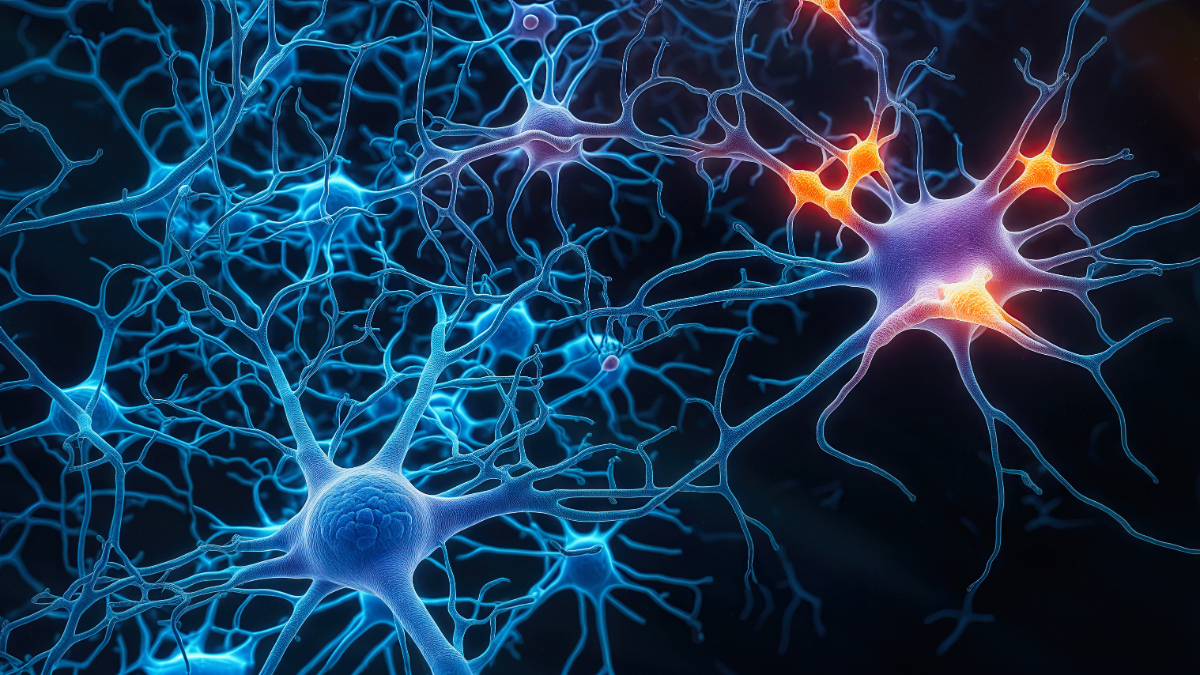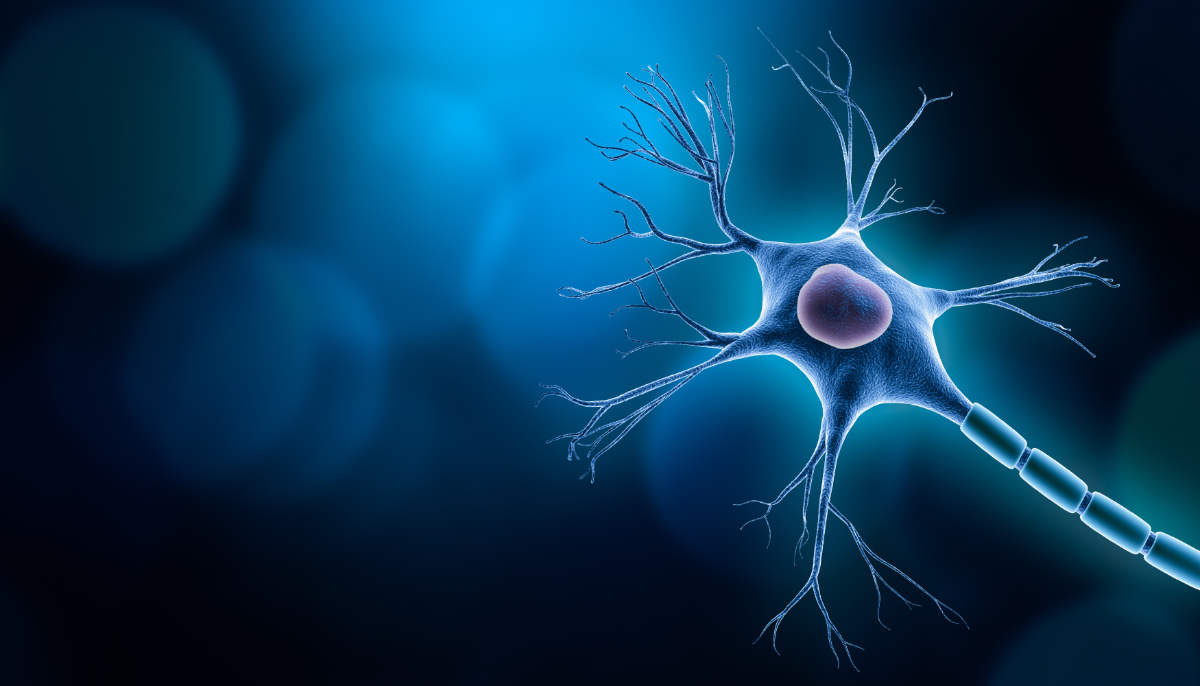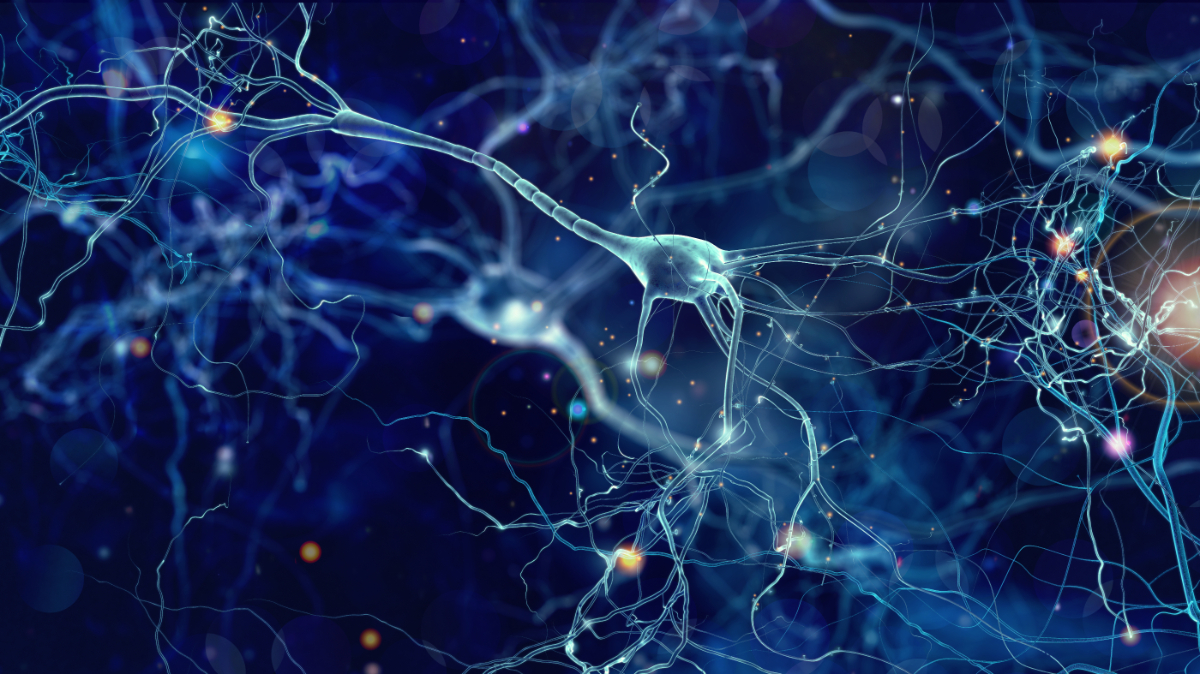Tau and tau pathology
Understanding the role of the tau protein in the brain

Tau tangles disrupt
neuronal function
Healthy tau protein is important for stabilising cell structure to transport important neurotransmitters and nutrients within the neurons. Misfolding of normal tau protein leads to tau aggregation and the formation of tau tangles, which disrupt neuronal function in the brain.
Tau tangles can be seen in the brains of patients decades before symptoms are present. Tau pathology has been proven to correlate strongly with disease progression. In Alzheimer’s, tau tangles first destroy nerve cells critical for memory and then destroy neurons in other parts of the brain as the tau aggregation process spreads from neuron to neuron throughout the brain.
Amyloid plaques
There are two hallmark pathologies in Alzheimer’s disease: tau and amyloid, both of which begin before dementia. The formation of β-amyloid plaques in the brain plays a role in clinical dementia and has dominated Alzheimer’s disease research and drug development for the past 20 years. However, research has shown that β-amyloid plaques are poorly correlated with clinical symptoms of dementia1.
-
References
- Measuring the Brain’s Amyloid Buildup Less Effective in Identifying Severity, Progression of Alzheimer’s Disease Compared to Other Imaging Methods | Penn Medicine News | Published 2019. https://www.pennmedicine.org/news/news-releases/2019/august/measuring-brains-amyloid-buildup-less-effective-alzehimers-disease-compared-imaging-methods


